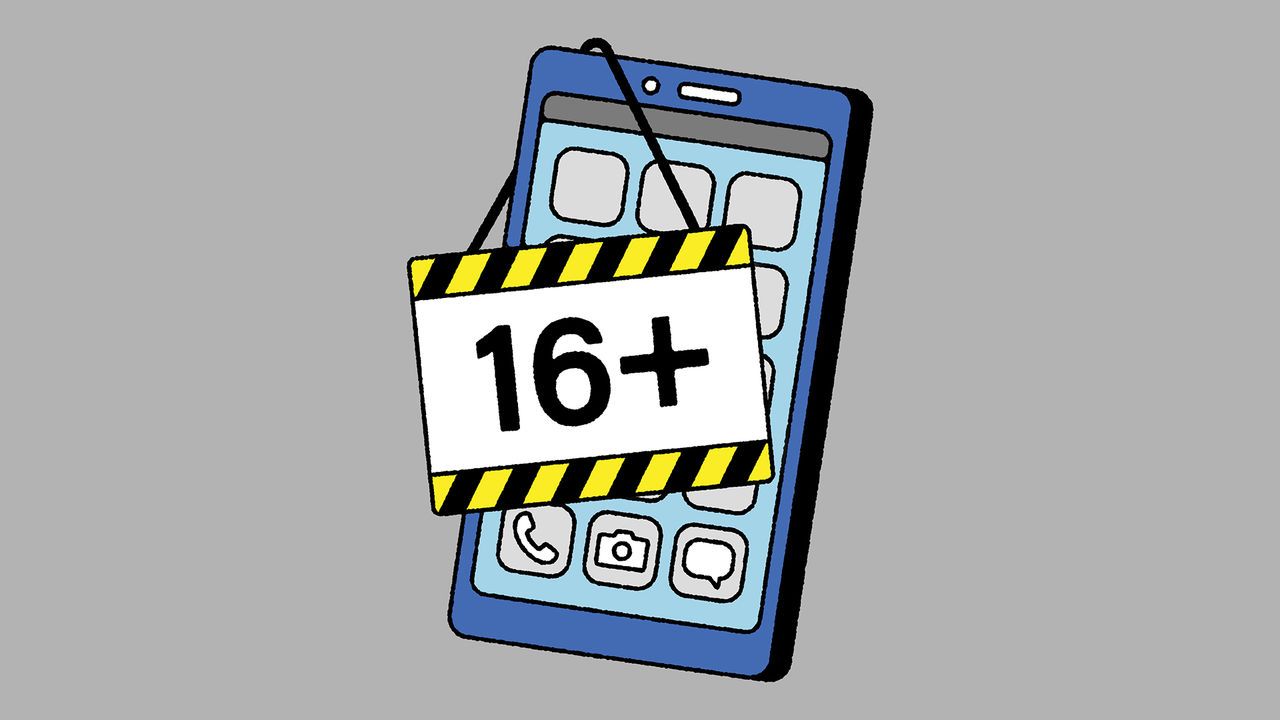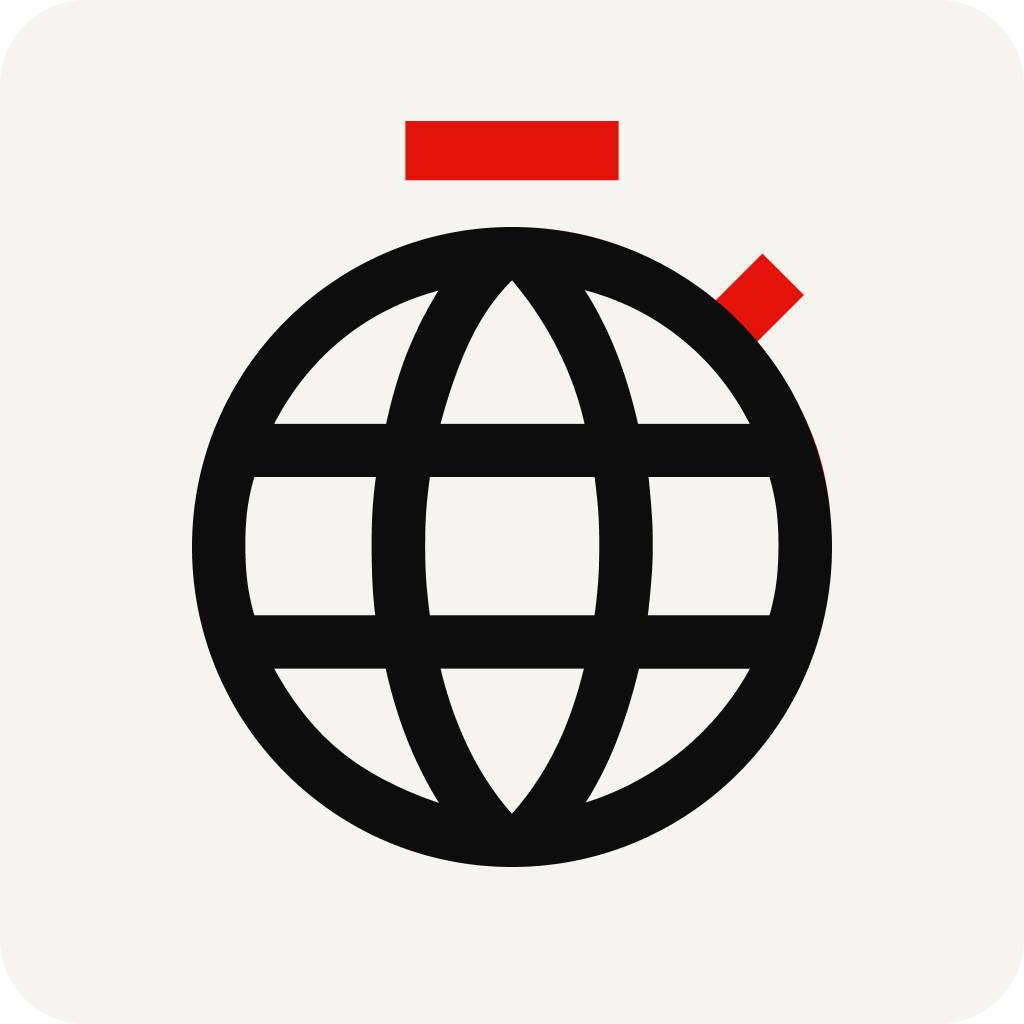Australia wants to lead the big tech crackdown
It is more likely to be an example of how not to go about banning social media

OF THE 31 bills rushed through Australia’s Senate on November 29th, one drew attention. An amendment to the country’s Online Safety Act will ban under-16s from social media from next year. Under the law, platforms that fail to take “reasonable steps” to verify the age of users can be fined up to A$50m ($32m). “The whole world is watching,” crowed Anthony Albanese, the centre-left Labor prime minister, as the column inches multiplied.
Underlying the ban is a complex debate about whether social media, and the screen time that goes along with it, is harmful. Mr Albanese’s government believes that it is so bad for adolescent health that it should be treated no differently from smoking—a habit on which Australia also led the crackdown. “I’ve met parents who have had to bury their children as a result of the impact that social media has had,” he said. “The harm that is being done to young people now is established,” claims Peter Malinauskas, the Labor premier of South Australia, who started the campaign.
The reality is more complicated. Young people are spending increasing hours on smartphones and social media. Alongside this, many report a decline in their mental health. It could be that those two phenomena are connected: their reported wellbeing began to slide as screentime rose. However there is not yet much proof of a causal link. “The evidence isn’t there to show that social media is doing more harm than good,” argues Axel Bruns, a researcher at the Queensland University of Technology.
And social media are not just cesspits of bullies and groomers. “It’s the only way I keep in contact with my friends,” says Grace, a 14-year-old in Sydney. Many child-welfare advocates oppose sweeping bans, arguing that teenagers nowadays build their communities online. Far from protecting the vulnerable, they say prohibition could isolate them further. Plus, the “ban does nothing to make the social-media platforms safer,” writes Lorraine Finlay, Australia’s human-rights commissioner, and Anne Hollonds, its children’s commissioner. Mr Albanese’s government also plans to legislate a “digital duty of care”, which would require platforms to prevent harm to users.
Then there are technical challenges. It is unclear how many companies the law might apply to. YouTube is exempt, on the basis that parents felt it was educational. Gaming platforms are also out. To ensure that Australians are not forced to upload their IDs, social-media groups will have to offer other age-verification options, such as facial recognition. Either way, some worry about how much data Australians of all ages will have to hand over. “And kids are just going to steal their parents’ IDs and create fake accounts anyway,” says Grace.
Yet Australians—at least, the adult ones—are overwhelmingly in favour. Polling suggests that over three-quarters of them back the ban. For once, the two big parties are united. The conservative Liberals also backed the bill. When it comes to getting tough on big tech, all sides like to see Australia as a leader. It is “a jurisdiction that like-minded governments look to for guidance”, says the government’s memorandum for the bill.
On this front, its biggest export has not been successful. In 2021 a conservative Australian government created a “news media bargaining code”, which required Google and Meta to pay news companies when search results or social-media feeds linked to their articles. The two giants forked out $130m in the subsequent year. Others rushed to follow Australia. But in Canada, which passed a similar law in 2023, the approach has backfired. Meta blocked news links instead of paying up, crippling some sites that relied on Facebook for traffic and distribution. The company now threatens to take similar measures in Australia, where it has refused to renew its handouts.
What makes Australia a testbed for such policies? Many of its politicians care deeply about the harms caused by big tech, and rightly so. But another explanation may come from its old media. It is dominated by Rupert Murdoch’s News Corp, which controls about two-thirds of the country’s newspaper circulation. The company campaigned in favour of both the bargaining code and the ban. Since its efforts to “extract rent” from tech giants are ailing, “it is looking for new ways to claw back lost ground,” says Suelette Dreyfus, a technology researcher at the University of Melbourne. Australia’s latest crackdown may prove as vexed as its last.■
Subscribers to The Economist can sign up to our new Opinion newsletter, which brings together the best of our leaders, columns, guest essays and reader correspondence.
This article appeared in the Asia section of the print edition under the headline “Exemplar, or warning?”

From the December 7th 2024 edition
Discover stories from this section and more in the list of contents
Explore the edition
Prabowo Subianto is drastically cutting Indonesia’s budget
The cash saved is going into a new fund he controls

The election in Tajikistan is unlikely to be democratic
Instead it will be a way for Emomali Rahmon, the president, to cement his rule

How overt religiosity became cool in India
The Maha Kumbh Mela shows how tradition has become trendy
The trouble with ancient Indians
India is rapidly ageing. It’s in for some surprises
Singapore’s leader of the opposition is convicted of lying
The city-state’s usually dull politics have taken a turn
Only Asia can help America counter China’s shipbuilding prowess
But will Donald Trump let it?








